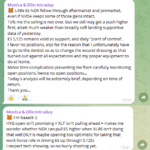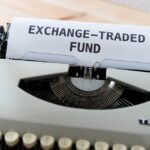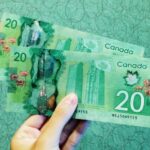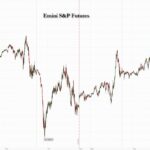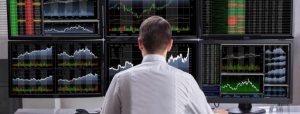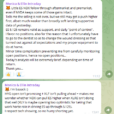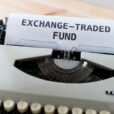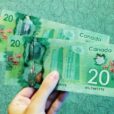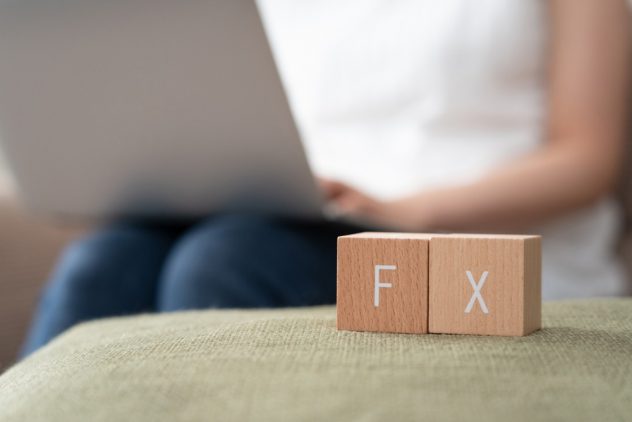
Although for retail traders, the forex market is open 24 hours a day during the weekdays, the trading activities during the day vary. Most forex traders trade when the market is most active. At these times, the volatility tends to be lower and liquidity higher.
What do we then mean by forex trading sessions? Simply put, these are the times when official business hours begin in various global commercial hubs like New York, London, Sidney, and Tokyo.
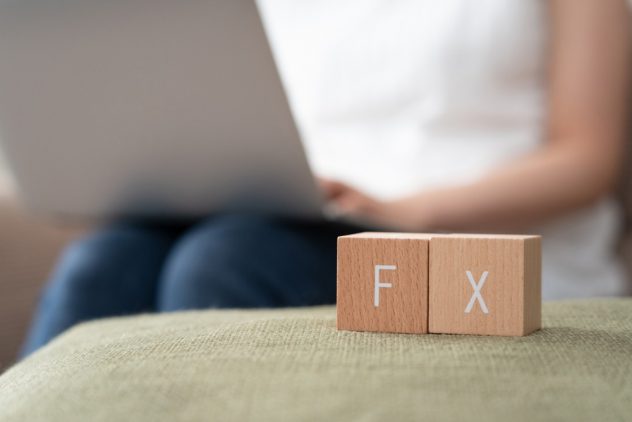 Since it is implausible for a trader to trade continuously 24/7, here’s an explanation of these forex trading sessions to help you plan your trading schedule better.
Since it is implausible for a trader to trade continuously 24/7, here’s an explanation of these forex trading sessions to help you plan your trading schedule better.
London forex trading time
London forex trading time begins when regular business hours in the UK start at 7.00 AM GMT and close at 3.00 PM GMT. London is considered the forex trading capital of the world since forex trades through London account for about 42% of the global total. Due to this high trading volume, most forex trends tend to originate from London. For technical traders, it can prove useful to follow these trends; as long as their trading strategies accommodate the London trading hours.
Note that in Frankfurt, trading sessions begin at 6.00 AM GMT to 2.00 PM GMT. The European trading session is therefore from 6.00 AM GMT when Frankfurt opens to 3.00 PM GMT when London closes.
New York forex trading time
In New York, regular business hours start at noon GMT and end at 8.00 PM GMT. The New York forex trading session is the second largest globally in terms of volume traded. It is estimated that the USD is involved in about 90% of all transactions during the New York forex trading time. During this session, fluctuations at the New York Stock Exchange (NYSE) can significantly impact the USD. Furthermore, there is a correlation between the fluctuation of the US 500 and the US 30 and the USD fluctuation.
During this session, most currency pairs with the USD and the CAD have higher liquidity.
Tokyo forex trading time
In Japan, regular business hours start at 11.00 PM GMT and end at 7.00 AM GMT. Tokyo is the first trading session in the Asian market to open and also the largest in Asia. The Tokyo forex trading session is also known as the Asian session. Currency pairs with the JPY tend to be the most traded during this session with the USD/JPY having the highest trading volume.
Sydney forex trading time
In Australia, regular business hours start at 9.00 PM GMT and end at 5.00 AM GMT. This Australian trading session is considered the smallest in terms of the trading volume. However, since it is the first market to open after the weekend, it usually experiences an increased trading activity during the Monday open. The reason for this increased trading activity is because the participants in the forex market are coming back to the market after the Friday close.
During the Australian trading session, currency pairs with the AUD, such as the AUD/USD and AUD/JPY are the most liquid.
The best time to trade forex
We cannot stress this enough: the best time for you to trade forex is entirely dependent on you and your forex trading style. Here, we will give our opinion on what we consider to be the best time for forex trading. Since different trading sessions have varying liquidity in terms of volume traded, most traders consider the optimal trading sessions to be when liquidity is higher. These sessions tend to occur when different trading times overlap.
The European-North American overlap
This overlap occurs from 12.00 PM GMT to 3.00 PM GMT. At this time, the European session is active when the New York session begins at noon GMT.
Now, consider this, what happens when two of the most traded sessions in forex are combined? Since most of the biggest global business centres from Europe to North America are active, the market liquidity tends to be highest during these 3 hours. About 70% of all daily trades happen at this time. The EUR/USD and the GBP/USD are the most traded pairs during this session.
The Australian Asian overlap
This forex trading overlap occurs when the Sydney session and the Tokyo sessions overlap from 11.00 PM GMT when the Tokyo market opens to 5.00 AM GMT when the Sydney session closes. Note that this overlap encompasses trading in New Zealand, Australia, Singapore, Japan, and Hong Kong. During this overlap, the AUD/USD, USD/JPY, AUD/NZD, AUD/JPY, and NZD/USD pairs are the most traded.
The Asian European overlap
This trading overlap only lasts for 1 hour from 6.00 AM GMT when the Frankfurt session begins to 700 AM when the Tokyo session closes. During this overlap, the EUR/JPY and GBP/JPY pairs tend to have increased liquidity.
Reasons for trading during the forex sessions overlap
Here are some of the reasons why trading during these overlaps is preferred.
Reduced volatility
Volatility in forex refers to changes in the price of a currency pair. When large trades are made during periods of low liquidity, the chances are that they will result in a significant change in the price due to price vacuums. During the overlap of trading sessions, large volumes are traded, resulting in increased volatility which ensures that there are no price vacuums as orders are filled instantly.
The effects of the stock market and economic news
The stock market fluctuation tends to go hand-in-hand with the currency fluctuation. Therefore, when the stock markets are open, there are increased chances of volatility in the forex market. Furthermore, the release of fundamental economic data during the overlaps tend to increase the price movements of the currency pairs.
Geopolitical developments
The forex market is moved by geopolitics. During overlaps, political developments and announcements in various regions impact the local currencies. Combined, geopolitical developments from different regions magnify the fluctuation of the corresponding currency pair.
Let’s take North America and Europe overlap, for example. When there are favourable geopolitical developments in the US and negative developments in the UK, say deadlocks in the Brexit negotiations, the resultant bearish trend of the GBP/USD pair would be more pronounced.
We hope you found this article informative!



